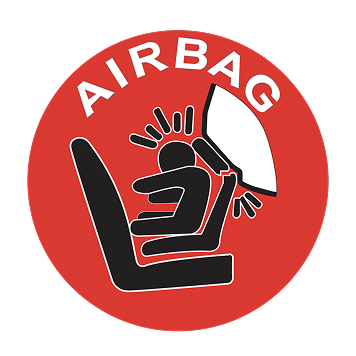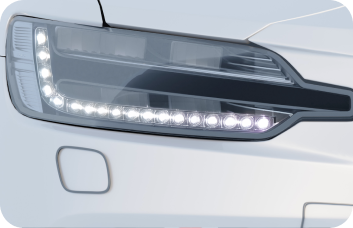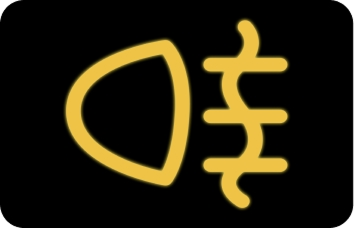Speeding Fines in 2025
The traffic fine for speeding is the most common fine. It is determined by how many km/h you exceed the limit. Note: the amount of the fine also depends on the location where you are caught – inside or outside urban areas, or on the highway. The fine for speeding inside built-up areas is higher than outside them.
The following fine amounts exclude administrative fees of €9.
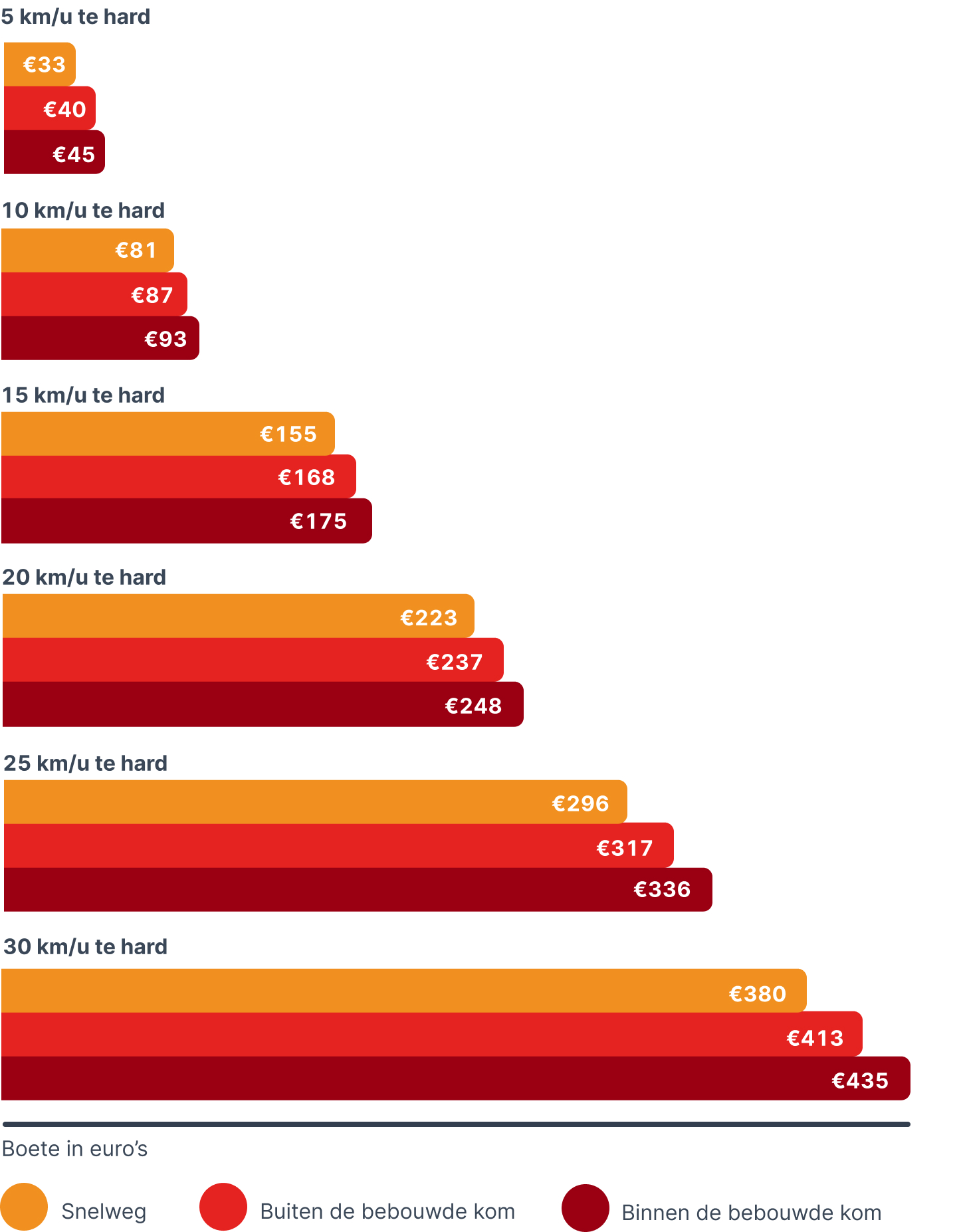
Fines in Work Zones,
30 km/h Zones and Exceeding 30 km/h Speeding
In road work zones and 30 km/h zones, the fines are often even higher. If you drive more than 30 kilometers too fast, the Public Prosecution Service (OM) determines the penalty.
The judiciary also looks at your past speeding offenses, limited to a 2-year period.
Important Speeds for the CBR Theory Exam
Inside built-up area
A built-up area, also known as a town or city, starts as soon as you pass a sign with the name of the place. The standard maximum speed within built-up areas is 50 km/h.
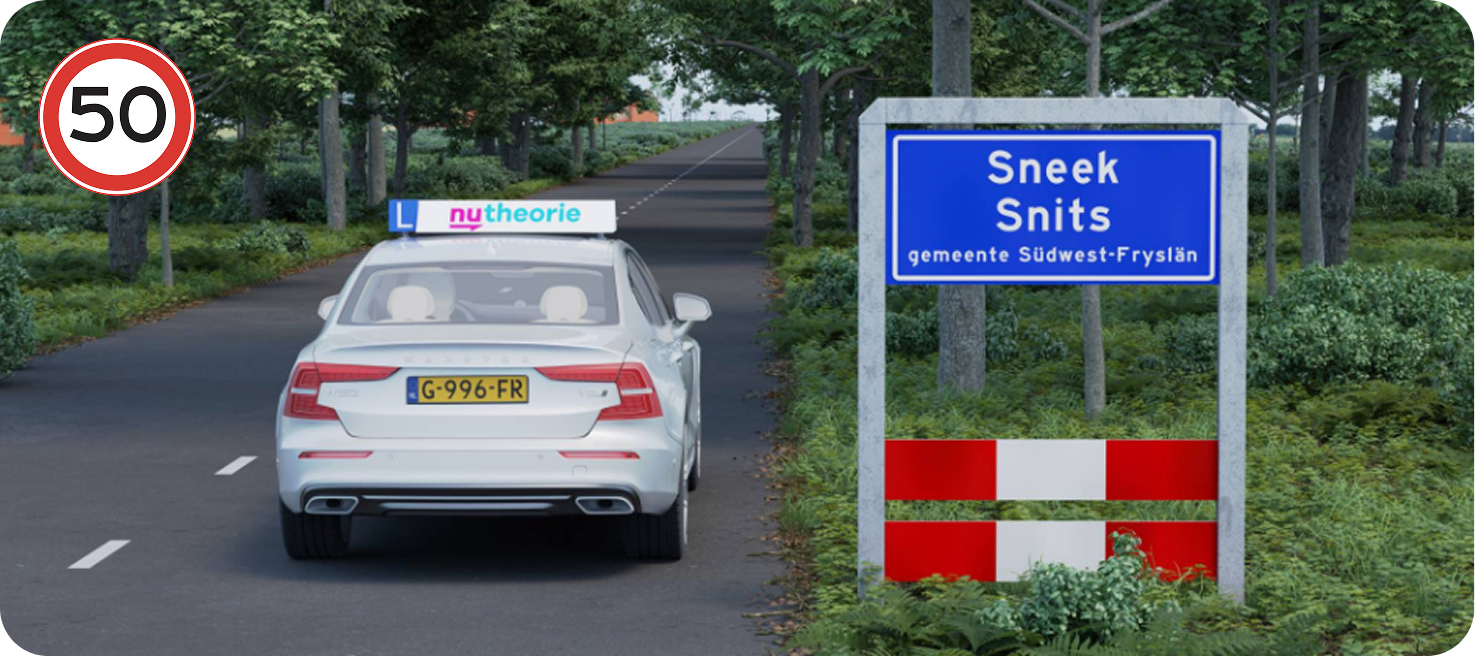
Within built-up areas, you may come across a zone where the maximum speed is 30 km/h. This is called a 30 km zone.Within built-up areas, you may also encounter a residential area (woonerf). In a woonerf, the maximum speed limit is 15 km/h.

Outside built-up area
The end of a built-up area is indicated with a town name sign with a red slash through it. The standard maximum speed outside built-up areas is 80 km/h.
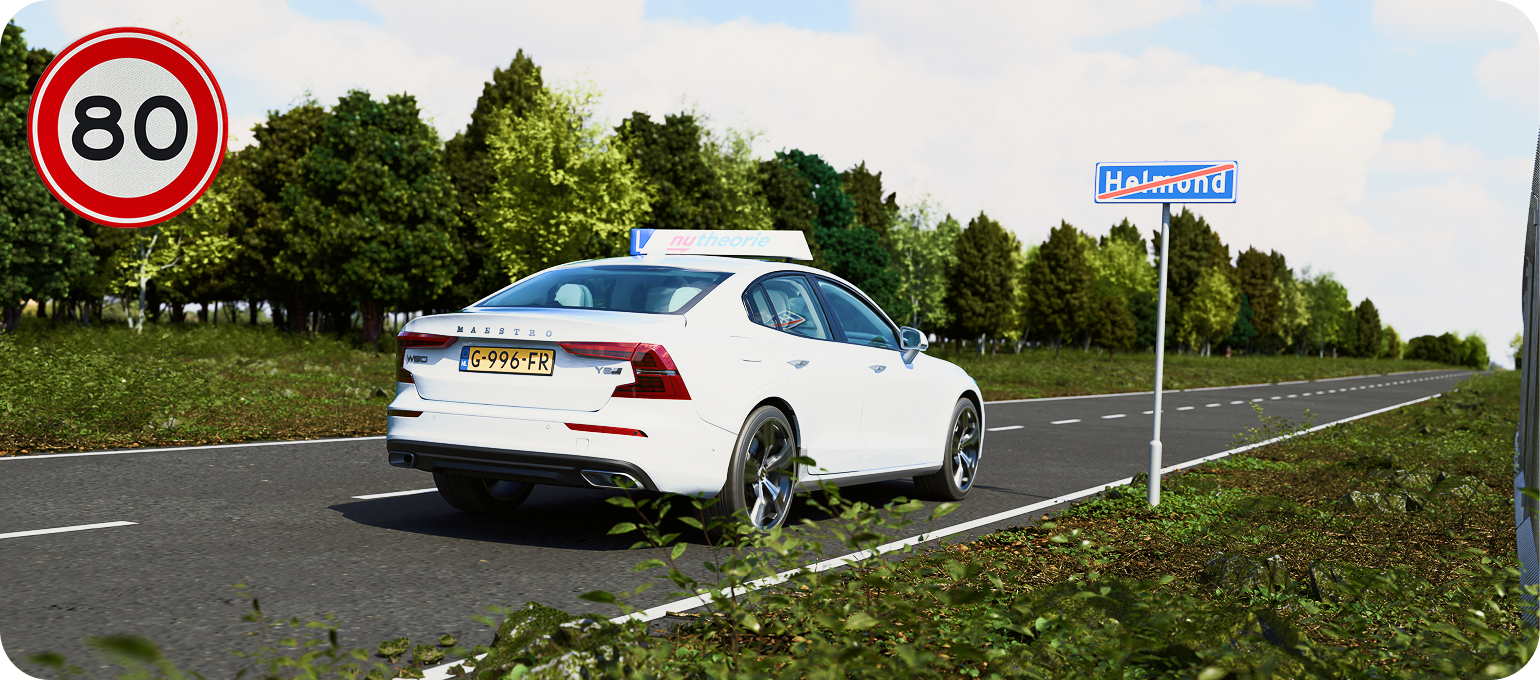
The standard maximum speed limit outside built-up areas is 80 km/h. However, it sometimes happens that the maximum speed outside built-up areas is lower.In that case, the speed limit may be 50, 60, or 70 km/h, which will be indicated by a traffic sign like the one shown below.

Special Roads
In addition to roads within and outside built-up areas, there are other types of roads, such as the expressway (autoweg) and the motorway (autosnelweg). These are called special roads.
On a motorway, the maximum speed limit is 130 km/h. A motorway can be recognized by a rectangular blue sign showing an image of a dual carriageway with a bridge above it.
On an expressway, the maximum speed limit is 100 km/h. An expressway is indicated by a square blue sign with a white image of a car on it.
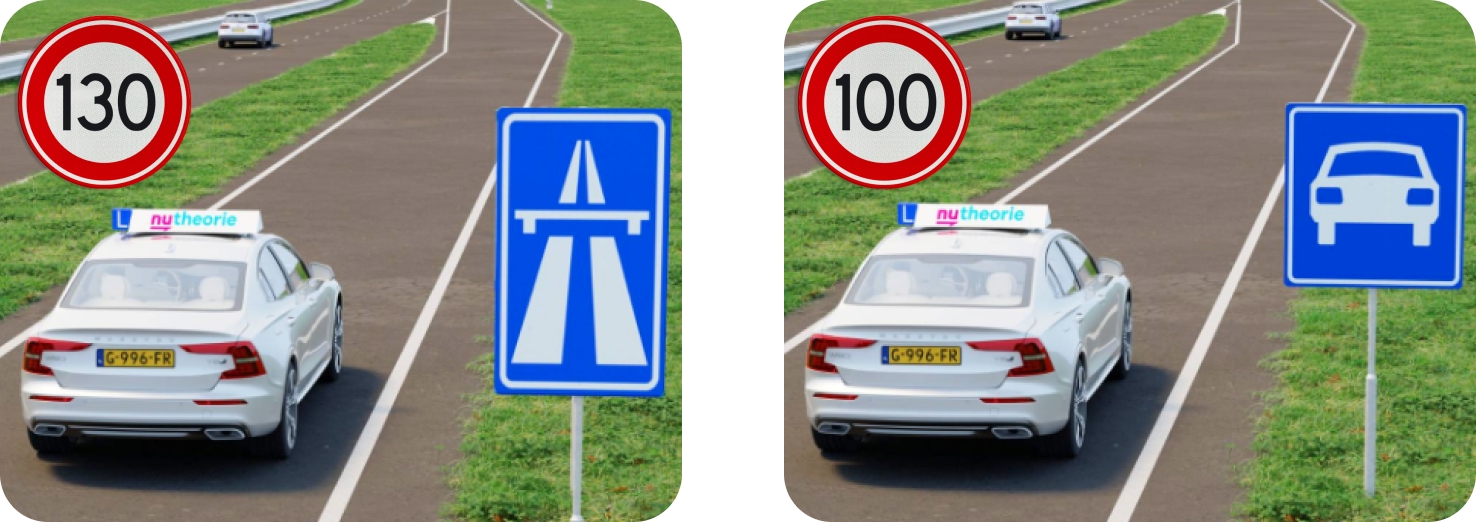
The expressway (autoweg) and motorway (autosnelweg) are not only special because of their maximum speed limits, but also because a minimum speed applies here.
On an expressway, the minimum speed is half of the maximum speed. So, if the maximum speed is 100 km/h, your vehicle must be able to drive at least 50 km/h.
On the motorway, you must be able to drive at least 60 km/h.
Minimum speed on expressway = 50 km/h
Minimum speed on motorway = 60 km/h
Just like on other roads, the speed limits on expressways and motorways can be adjusted.
In theory, you are allowed to drive the legal maximum speed of 130 km/h on a motorway, unless stated otherwise.
However, in practice, it has been decided that on all motorways in the Netherlands, a maximum speed limit of 100 km/h applies between 06:00 and 19:00 to reduce harmful emissions.
After 19:00, you may again drive up to 130 km/h. See the image below.

.webp)


